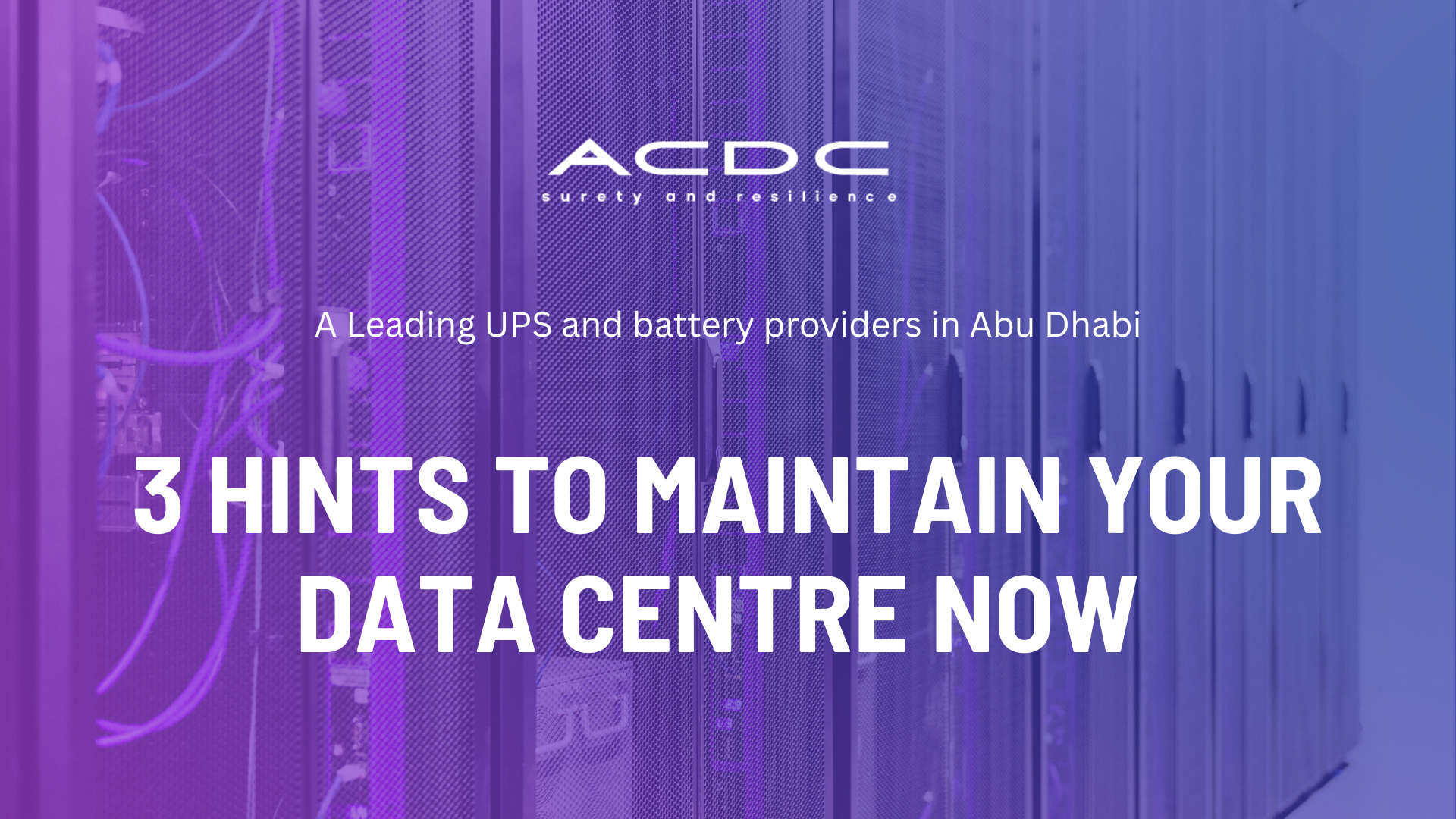Modern data centers and IT facilities depend heavily on Uninterruptible Power Supply (UPS) systems to keep operations running during power outages. But what many organizations overlook is that UPS systems themselves consume energy — even when the utility power is stable.
A poorly optimized UPS can waste thousands of kilowatt-hours of electricity every year, directly increasing your operational costs and carbon footprint. Let’s explore how UPS efficiency impacts your energy bills, what causes losses, and how to improve your backup system’s performance.
UPS efficiency measures how effectively the system converts input AC power into usable output power for your equipment.
It’s calculated as:
Efficiency (%) = (Output Power ÷ Input Power) × 100
For example:
If your UPS consumes 105 kW from the utility and delivers 100 kW to your IT load, its efficiency is 95%, meaning 5 kW is wasted as heat and conversion losses.
Even though UPS units are designed for reliability, they inherently involve power conversion processes that waste energy.
Here’s where those losses occur:
Source of Loss | Description |
AC/DC and DC/AC Conversion | During double-conversion, energy is lost as heat in rectifiers and inverters. |
Transformer Losses | Older transformer-based UPS systems have additional magnetic losses. |
Battery Charging & Discharging | The process of maintaining battery charge consumes energy. |
Control Electronics | Internal fans, displays, and control circuits draw constant power. |
Harmonics & Power Factor Issues | Poor input power quality can reduce system efficiency further. |
UPS efficiency varies significantly depending on technology, load percentage, and design.
UPS Type | Typical Efficiency | Energy Loss |
Offline / Standby | 96–98% | Low loss but not suitable for critical loads |
Line-Interactive | 94–97% | Moderate loss |
Double Conversion (Online) | 92–96% | Highest reliability but more losses |
Eco-Mode (Energy Saving) | Up to 99% | Very low loss under light loads |
Modular UPS | 95–98% | High efficiency with scalable design |
Example:

UPS systems are most efficient at 50–80% load. Running at low loads (<30%) significantly reduces efficiency.
Modern transformer less UPS and modular systems achieve higher conversion efficiency compared to traditional transformer-based units.
High ambient temperature increases energy losses and stresses components.
Older systems typically have lower efficiency due to outdated technology and degraded components.

Avoid oversizing — it reduces efficiency at low loads. Choose a UPS that matches your current and future load requirements.

These systems can deliver up to 97–98% efficiency in online mode and 99% in ECO mode.

When possible, run the UPS in ECO or Active ECO mode for non-critical loads.

Efficient cooling reduces heat buildup, lowering fan power usage and energy waste.

Ensure inverter circuits, fans, and filters are clean. Keep the UPS firmware updated for optimized performance algorithms.

Modular systems allow scaling based on load demand, avoiding energy loss from idle capacity.
In data centers, Power Usage Effectiveness (PUE) measures energy efficiency:
PUE = Total Facility Power ÷ IT Equipment Power
Since UPS losses directly increase Total Facility Power, improving UPS efficiency helps bring PUE closer to the ideal 1.0.
Your UPS should protect power, not waste it.
By monitoring and optimizing UPS efficiency, you can:
Evaluate your current UPS performance today — you might be surprised how much energy (and money) you’re losing silently.
ACDCIS provides a wide array of products and services tailored to meet the specific needs of data centers:
For inquiries or to request a quote, please contact us at:
ACDC Integrated Electrical Solutions is your trusted partner for data center solutions in the UAE, committed to ensuring the reliability and efficiency of your critical infrastructure.